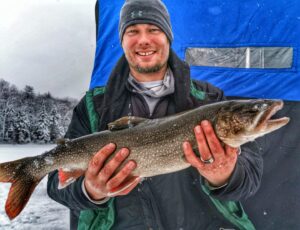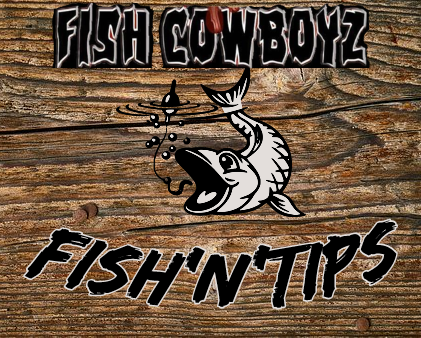
To all my fellow anglers, it’s that time of year again where we go from ball caps and 7 ft rods to toques and 3 foot rods. It’s also that transition period from putting the boat away and waiting for the ice to scratch the itch once again. With that said I would like to remind all anglers of the dangers of first ice. There are many factors that affect the quality of ice. A few main ones being current, wind, springs and snow. Just because a lake looks froze over doesnt mean its safe to walk on let alone drilling holes. Early in the season i try to stick to bodies of water that i am familiar with so i am educated on locations of springs, higher current areas and a general idea of the depth layout of the lake. The reason for this is water never freezes uniformly. Always be sure to let someone know where you are going with approximate departure and return times. Ice picks are a must and a chipping bar is nice to have. A float suit is well worth the cost in a worst case scenario. I start with shallower protected bays and start to test the ice, drilling holes frequently to catch any changes in ice thickness. Be careful of any areas of ice that have snow drifts or built up areas of snow for that snow acts as an insulator and can slow the process of ice being made, also on the same note, if there is little ice followed by a heavy snowfall than the whole lake can be very thin, irregular and sporadic. How much ice is safe ice? I try to see a solid 4″ of ice before i set up shop. 6-7″ of ice before using a snowmobile. Like i said, ice can be tricky, that’s why over the years i have experienced how all these element’s can affect ice growth. Please be safe and enjoy another year on the hardwater. Fish Cowboyz Out!

